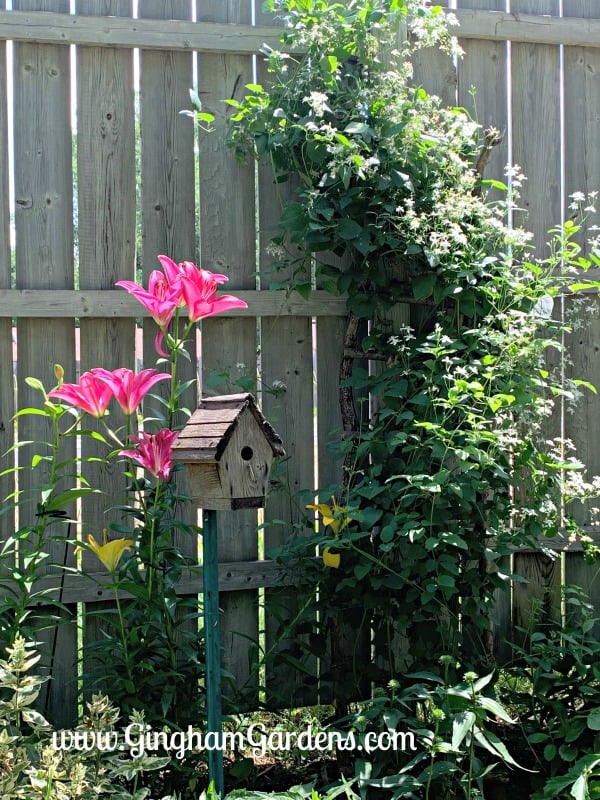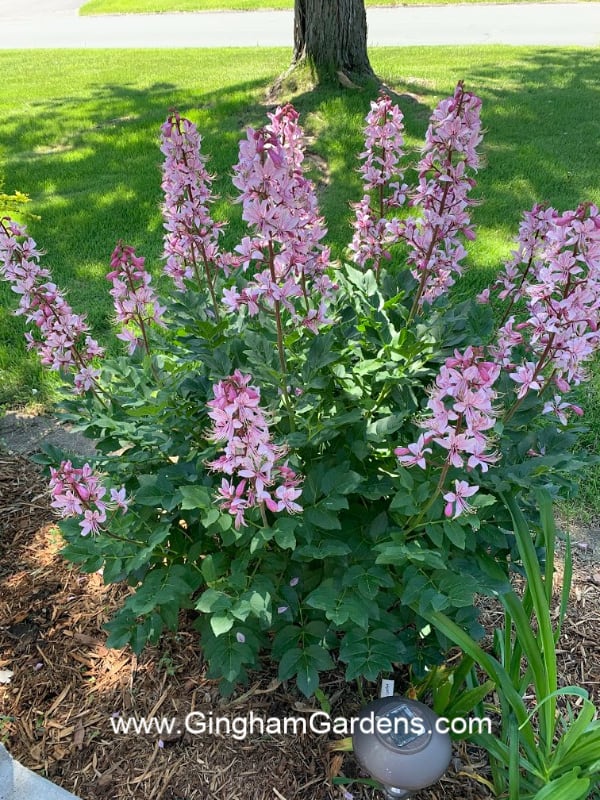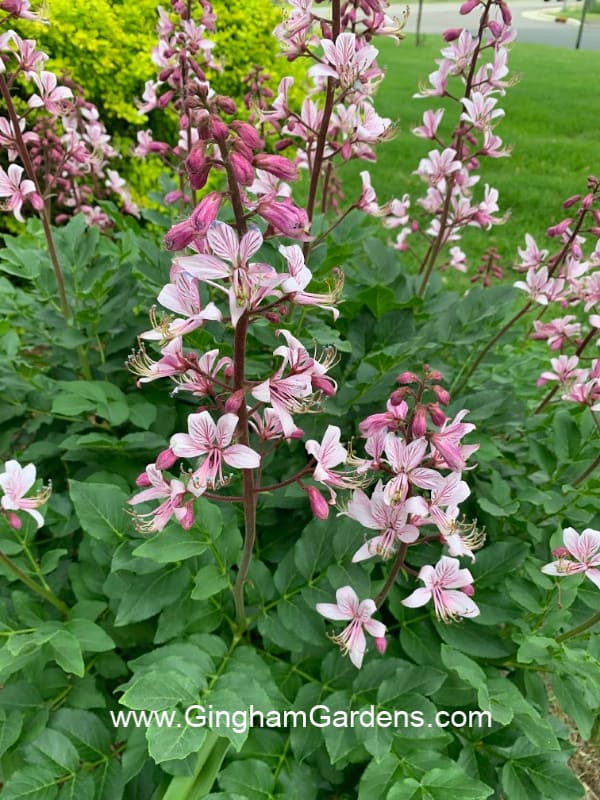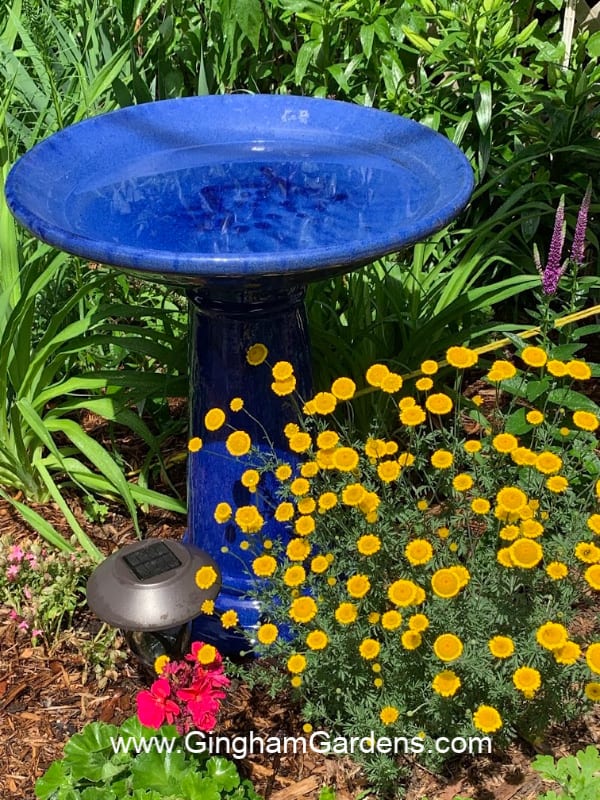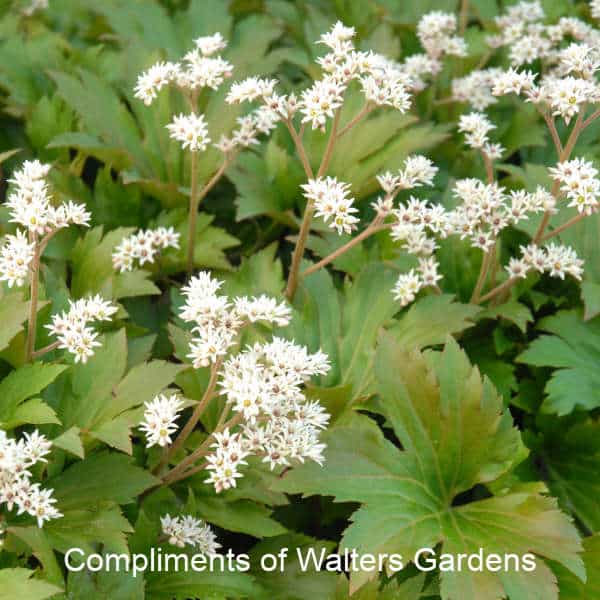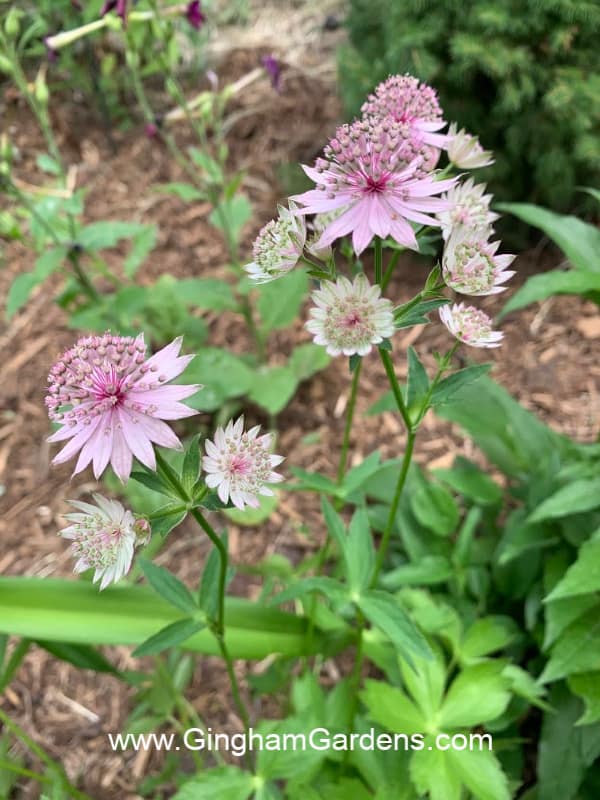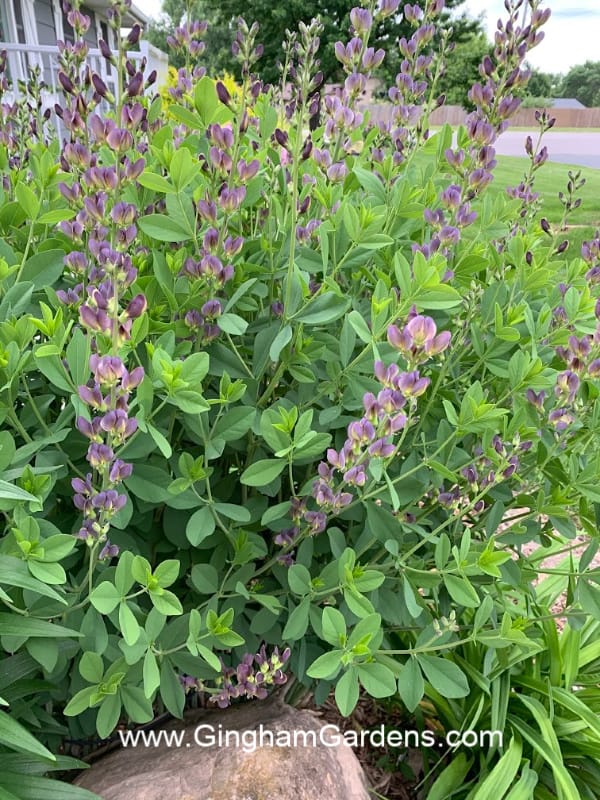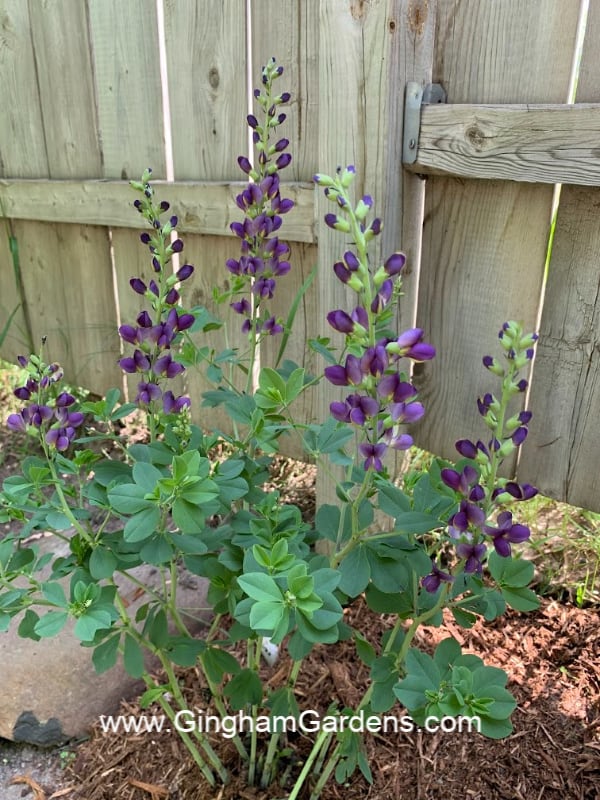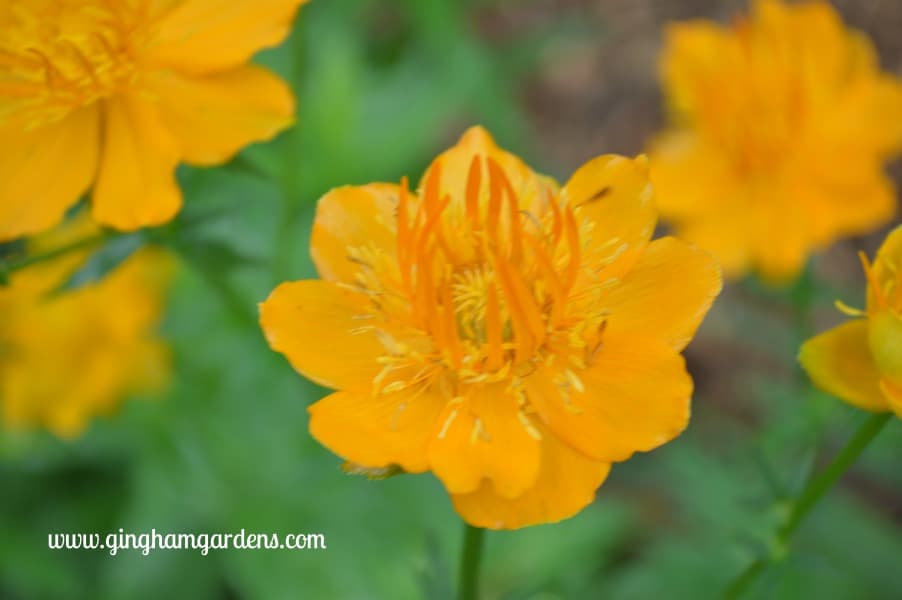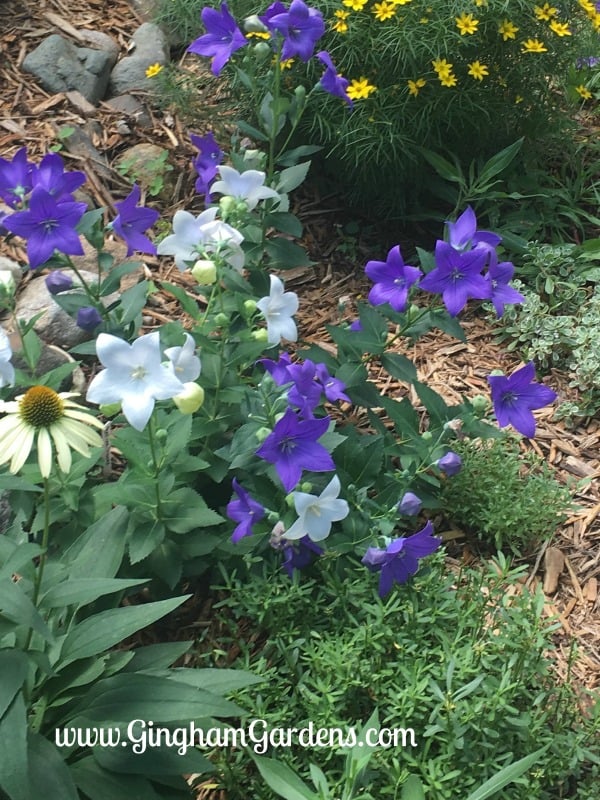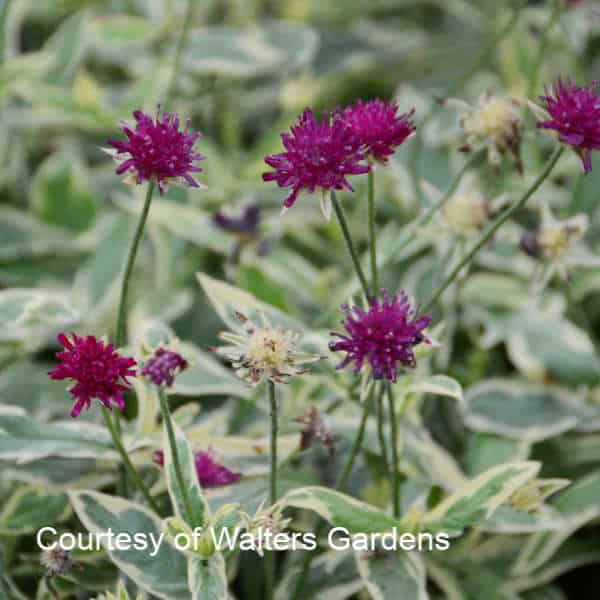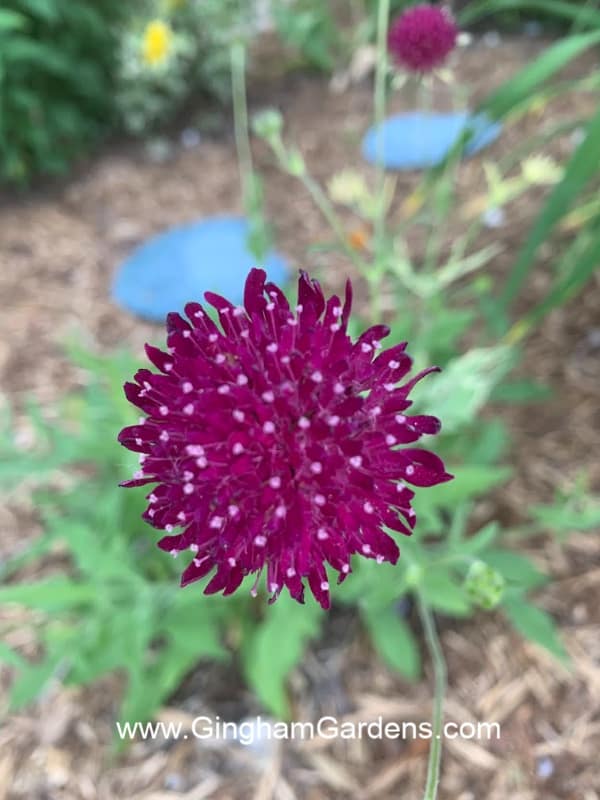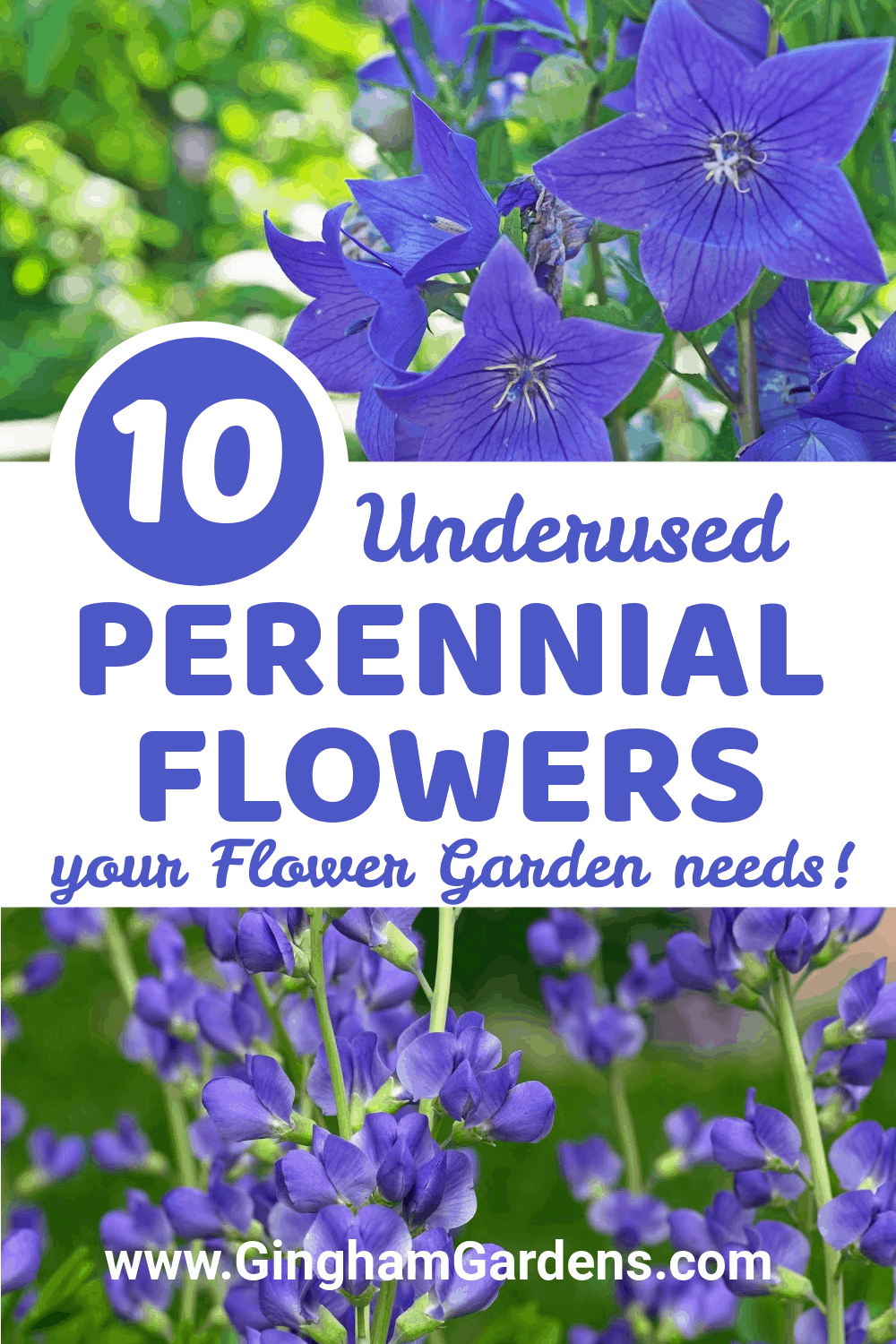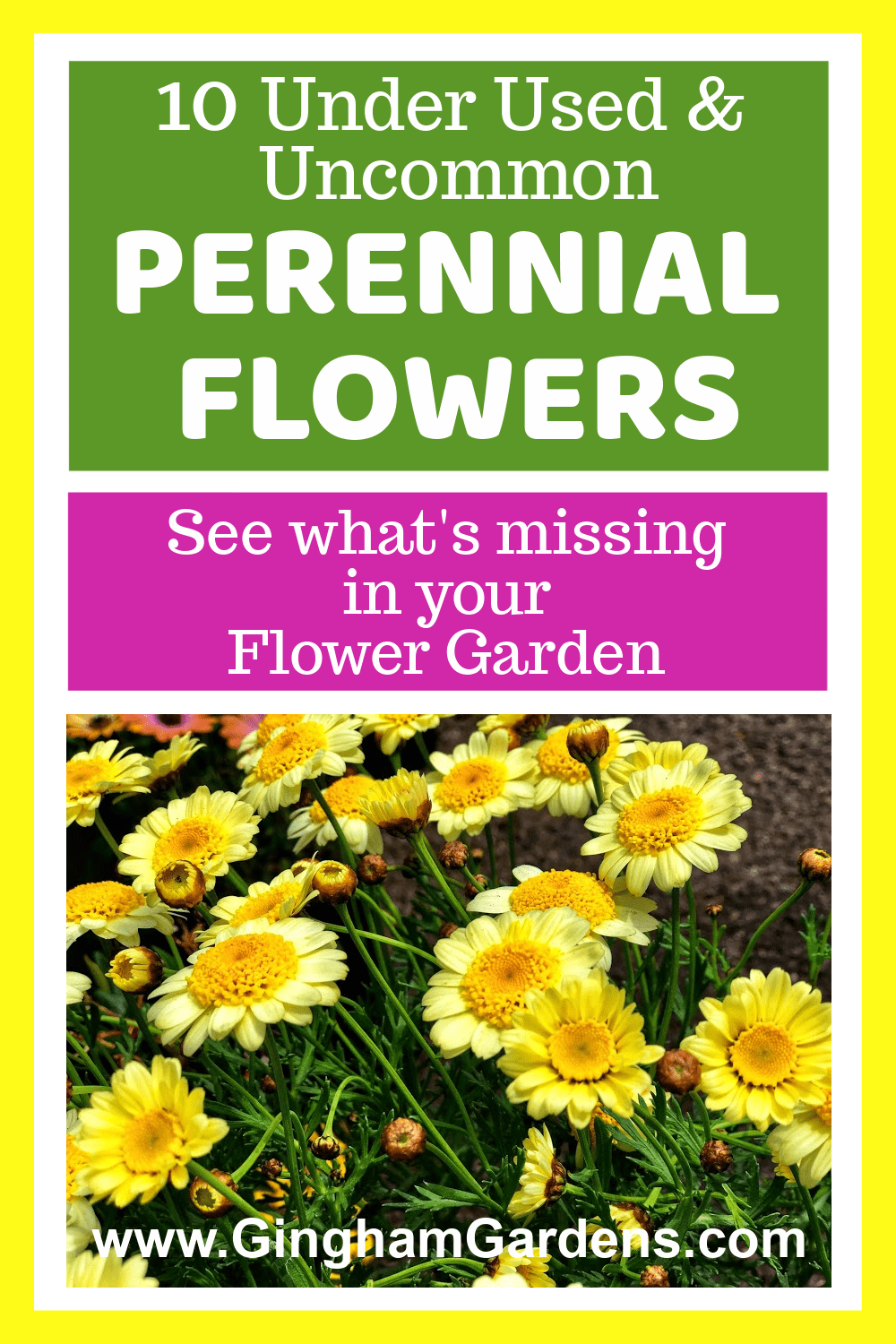Underused and Uncommon Perennials
We’re all familiar with classic perennials, the plants that are the backbone of a flower garden. Today we’re focusing on flowers that are underused and uncommon perennials, or perennials that you don’t see very much. The perennials that made this list aren’t your run-of-the-mill perennials. Although beautiful or unique in their own right, these plants are often overlooked in nurseries and gardens. These plants may offer a long bloom period or their bloom time might be only a few weeks, but for most the foliage stays attractive for the entire summer. If you can’t have constant color in a perennial garden, the next best thing is awesome looking foliage.
Most of the plants listed in this post are for sun or part sun, I share a link at the end of the post for unique plants for your shade gardens.
This post contains affiliate links. If you click on
one of the links and make a purchase,
I may receive a small commission at no additional cost to you.
See full disclosure here.
Uncommon Perennials
Silver Lace Vine (polygonum aubertii) is a fast growing vine that can reach up to 12 feet in its first year. It’s the perfect vine if you’re looking for something to cover a fence quickly. The vine is covered with tiny white fragrant flowers in late spring and early summer. Sometimes the vine will have a light rebloom in late summer. In some areas silver lace vine is considered invasive, so be sure to do a little research before adding it to your garden. In my Zone 4 garden, silver lace vine is definitely a fast grower, but does not exhibit invasive characteristics. I had it in my last garden and it was the perfect plant to help cover a neighbor’s chain link fence. Because of its fast growing habit, I don’t recommend it for a small garden or yard. Hardiness zones 4 – 8. Full – part sun.
Gas Plant (Dictamus Alba) is an incredibly beautiful, late spring blooming perennial. It has spikes of pink or white flowers. The white ones are even more difficult to find than the pink ones. Once the plant has finished it’s bloom cycle, the flowers dry into star-shaped pods and the glossy foliage remains attractive for the remainder of summer. The plant gets its name from the flammable, lemony gas that it gives off. The oils in the plant can cause skin irritation, so be sure to wear gloves when handling or pruning the plant. Gas plant has a long tap root, so it doesn’t like to be moved. Hardiness zones 3 – 8. Full to part sun.
Golden Marguerite (Anthemis tinctoria) – The variety I have in my garden is a dwarf variety called Charme. We were in a small town about 90 miles from our home and we passed a garden center that I just had to check out. I picked up this adorable little yellow daisy. It has the softest fern-like foliage that looks good even when the plant is not blooming and the cutest small button-type yellow daisy flowers. It puts out a huge burst of blooms in late spring and if deadheaded will continue to bloom all summer. I am on the lookout for more of these sweet plants. Hardiness zones 3 – 8. Full Sun.
Globe Thistle (Echinops) is one of the most unique plants I have in my gardens. The flower is a thistle ball. Full grown they are 4 feet tall. Even though the name suggests differently, Globe Thistle plants are not technically thistles. If the initial blooms are deadheaded, the plant will rebloom. Last fall, I decided to leave the dried thistle balls on the plants for some winter interest and for the birds. This was a really bad idea! Let’s just say I have several more globe thistle plants sprouting all over my garden. Learn from my mistake and be sure to clip all the seed heads during fall cleanup. Like many other plants on this list, Globe Thistle is another plant on the list that has a very long tap root and does not like to be moved. Hardiness zone 3 – 8. Full Sun.
See from the picture below that Globe Thistle is a favorite of bees. It also looks amazing in cut flower arrangements.
Introducing – Designing with Perennials for 3 Seasons of Blooms
flowers blooming from early spring right through fall?
Designing with Perennials for 3 Seasons of Blooms is a Workbook/Guide
to help you create a perennial flower garden that has a succession of
continuous blooms from early spring through fall.
The Guide walks you through each step from designing your dream
3-season perennial garden on paper to executing your plan in the garden.
The Plant Lists in the Guide include over 90 Perennial Flowers
categorized by bloom time, sun requirements, zone, deer resistant,
rabbit resistant, cutting flowers and pollinator friendly.
The Guide is very reasonably priced, so stop by and get your copy soon.
Mukdenia is a part shade plant that is grown mainly for its foliage. It’s a relative to the beloved heuchera or coral bells plant. The foliage starts out green and then starts getting deep tones of red around the edge of the leaves. By fall, the foliage is completely dark red. If you’re looking for a low growing foliage plant that is different from the typical green, do some searching for mukdenia. Hardiness zones 4 – 9. Part shade.
Masterwort (Astrania) – ugh that name! Any plant that has the word “wort” in it does not sound pretty at all. Masterwort are fun perennial plants with the sweetest, little pincushion flowers. They come in a few different shades of pink from very light (almost white) to dark pink. Masterwort will grow in part shade to part sun, as long as the soil is moist. They are known to reseed, but I haven’t had a problem with that in my gardens. Or, maybe I just pull the little seedlings thinking they are weeds. If you cut back masterwort plants after they’ve bloomed, they will grow right back and bloom again later in the summer. Masterwort can be propogated by division, or by seed. I’m also going to collect seeds from my plant and winter sow them. Hardiness zones 4 – 7. Part sun.
Underused Perennials
False Indigo (Baptisia) – grows to be a massive plant more like a shrub. It blooms in my zone 4 garden in late spring. The bloom time is fairly short, but the foliage on false indigo is like no other plant foliage and looks amazing even after the plant has completed it’s bloom cycle. After False Indigo is done blooming, it produces large seed pods that rattle in the wind. Bees love the blooms on false indigo. Hardiness zones 3 – 9. Full – part sun.
This is a much younger Baptisia in its permanent home (they do not adjust well to being moved) with lots of space around it. Even though it’s blocked by taller plants now, it will eventually outgrow those plants in height.
Globe Flower (Trollius) is a late spring bloomer whose flower starts as a ball, or globe, shaped flower. Thus the name “Globe Flower.” They look best planted in masses. I like to try new perennials out before I plant them in mass, and now, I definitely need to add more globe flowers. The few varieties come in shades of yellow and orange. Globe Flower likes moist soil and is often referred to as a bog plant. Hardiness zones 3 – 7. Full sun to part shade.
Balloon Flower (Platycodon) – A perennial garden can never have too many Balloon Flowers. Yet, they remain an underused perennial flower. They are very late to emerge from the ground in spring, so I believe gardeners think they didn’t make it and dig or plant over them. At least that’s what I used to do before I learned to mark their spot, or to not cut them back in the fall. The flower buds look like little balloons that get bigger and bigger each day until they burst into a flower. Once they start blooming, if deadheaded, balloon flowers will keep right on blooming until fall. Hardiness zones 3 – 8. Full to part sun.
Knautia is a dainty flower on wiry stems that resembles scabiosa plants, although not related. Knautia plants form a tidy clump that gets a little bigger each year and if deadheaded will keep blooming right into fall. This is another plant bees love. Hardiness zones 5 – 9. Full sun.
Online Sources for Unique Perennials
Some reputable online sources to find these underused and uncommon perennials:
- White Flower Farm
- Bluestone Perennials (one of my favorite online nurseries)
- High Country Gardens
Another way to obtain unique or underused perennials is to grow them from seed. Hayfield Gardens on Etsy is one such place to purchase seeds. I’m going to purchase several varieties of unique flower seeds and winter sow them this coming winter.
Go ahead and add a few of these underused and uncommon perennials to your flower garden this year. You won’t be sorry and you’ll wish you’d added them sooner. You may have to do some searching for these perennials online, or at garden centers in your area, but the hunt will be well worth it.
Other Flower Gardening Articles You’ll Enjoy:
Classic Perennials (That Every Flower Garden Needs)
Tips for Growing Daylilies
Flower Garden Maintenance
20 Perennials to Jazz Up Your Shade Garden
Thank you so much for stopping by Gingham Gardens. Do you have what you consider to be an uncommon or underused perennial in your gardens? Please leave a comment and let us know about it. I love hearing from readers and I’d like to keep adding to this list.
Happy Gardening,
Joanna
Pins to Share:

